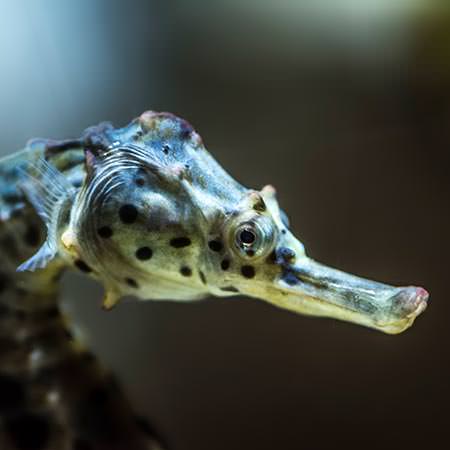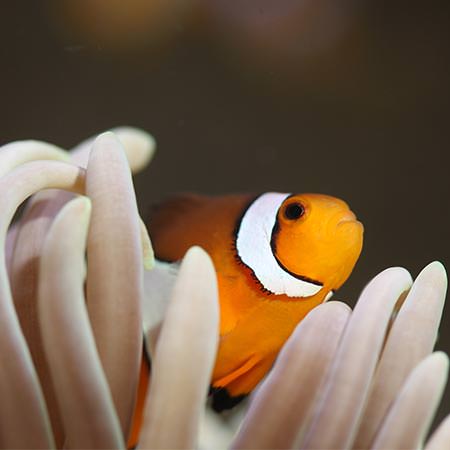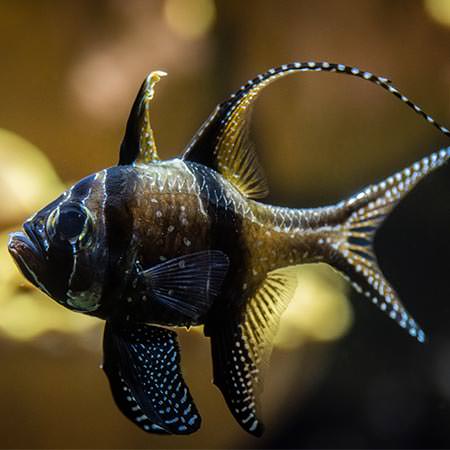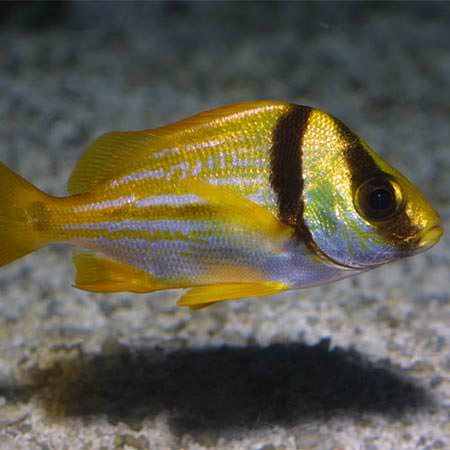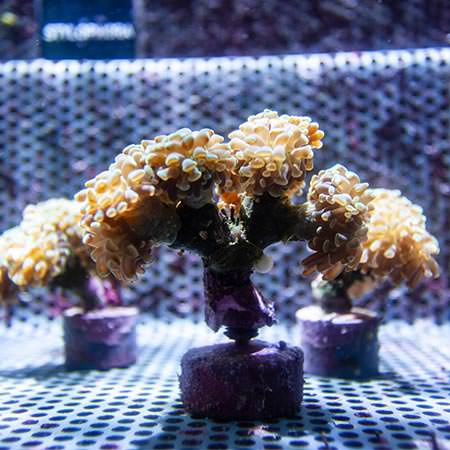Births every year
The Aquarium now breeds some 20 marine species and is successfully developing the cultivation of various types of coral.
Clownfish (Amphiprion clarkii), porkfish (Anisotremus virginicus), seahorses (Hippocampus hippocampus, Hippocampus guttulatus and Hippocampus abdominalis, protected endangered species), cuttlefish (Sepia officinalis) and Cassiopea, Aurelia and white-spotted jellyfish (Cassiopea andromeda, Aurelia aurita and Phyllorhiza punctata) and more are regularly born in our quarantine tanks.
For fish larvae to be born and grow prosperously, living prey must also be reared (rotifers and artemias). These are enriched to endow them with appropriate nutritional qualities for the larvae.
